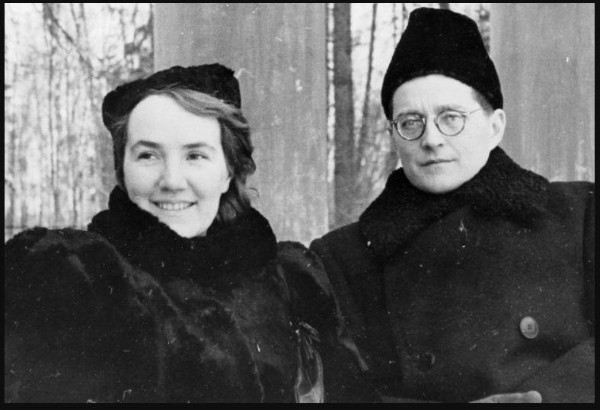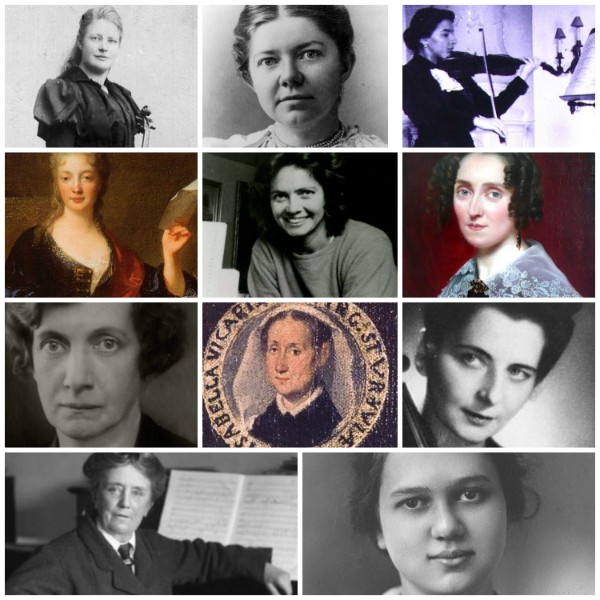Composed in 1865 but drawing on a theme which Brahms had written twelve years earlier, the trio for natural horn with violin and piano first sounded on 28 November 1865 in Zürich with the composer at the piano. Nature, nostalgia and elegiac reflections on the death of his mother Christiane produced a unique work that occupies a special place in the repertoire.
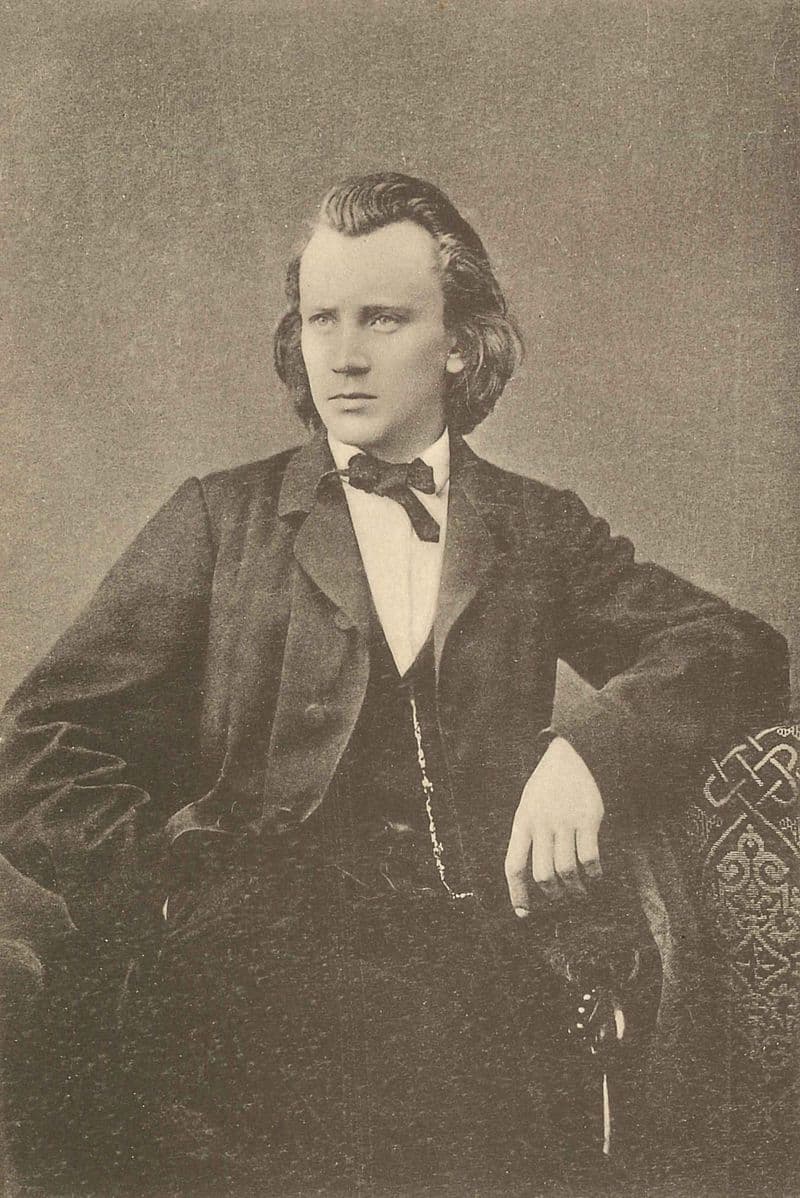
Johannes Brahms
A critic at the premiere was suitably dismayed by the choice of natural horn for a chamber music ensemble, but nevertheless admired some of the deep lyricism throughout the work.
Johannes Brahms: Trio for Violin, Horn and Piano, Op. 40 “Andante” (Lowell Greer, natural horn; Stephanie Chase, violin; Steven Lubin, piano)
The Death of Brahms’ Mother
In early February 1865, Christiane Brahms suffered a stroke and by the time Brahms arrived in Hamburg, she had passed away. Brahms was deeply affected by his mother’s death as he wrote to Clara Schumann, “We buried her yesterday at one o’clock. She had not changed at all and looked as sweet and kind as when she was alive.” And in a letter two weeks later he wrote, “Once this sad year is over, I shall begin to miss my dear mother ever more and more.”
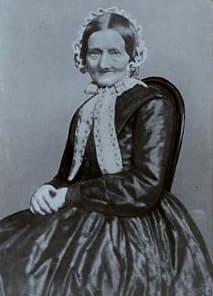
Johanna Henrika Christiane Nissen, Brahms’ mother
Outwardly, Brahms retained his composure but emotionally confided his innermost expressions into his music. Within a couple of months of his mother’s death he sent Clara two movements of a “German Requiem,” and started work on his Horn Trio. On a walk in the woods of the Black Forest he visualised the opening theme, and the slow movement marked “sorrowful” contains a folk tune that his mother might have taught him as a child.
Johannes Brahms: Trio for Violin, Horn and Piano, Op. 40 “Scherzo” (Lowell Greer, natural horn; Stephanie Chase, violin; Steven Lubin, piano)
A Work For the Modern Valve Horn
Brahms conceived his Horn Trio not for the modern valve horn, on which it is usually performed today. Rather, he called for a more ancient valveless natural horn, which he called the “Waldhorn” (Forest Horn). The instrument is sometimes called the hand horn, because without valves, the player has to use his hand in the bell to achieve certain pitches and tones. In order to minimize the difference between stopped and open notes on the natural horn, players had to keep the open tones covered.

Black Forest
This special hand technique resulted in a very dark and mysterious sound, and together with the darker colour of the stopped tones, produced what many considered to be the true sound of the instrument. A conductor writing in 1837 remarked, “I hear such a beautiful, sustained solo performed in a colourless monotone on a valve horn, and it seems to me as if the instrument is moaning, ‘My love, I am a horn. Don’t you recognize me anymore?’ My sweetness is gone, my tone sounds as if it has to go through a filter sack in which its power gets stuck.”
Johannes Brahms: Trio for Violin, Horn and Piano, Op. 40 “Adagio mesto” (Lowell Greer, natural horn; Stephanie Chase, violin; Steven Lubin, piano)
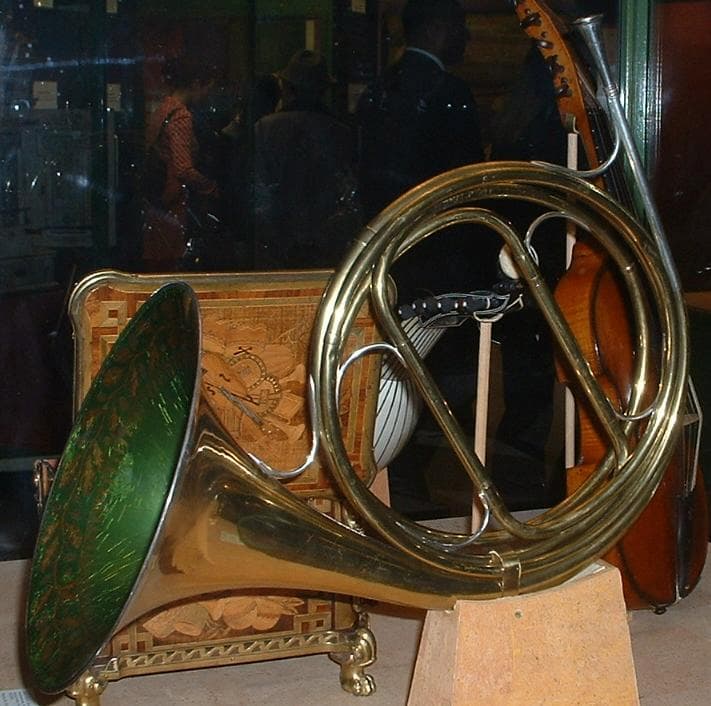
Natural horn
Let’s not forget that Brahms studied the natural horn with his father as a child. Apparently, he wrote ten etudes for Waldhorn that he dedicated “to the memory of my father,” in 1872. Throughout his career, Brahms also worked with a number of excellent natural horn players, and he “expressed enthusiastic admiration at the rich and mellow tone” of the instrument. In preparation for a performance, Brahms wrote “I can recommend my horn trio, and your horn player would do me a great favour if he would practice the Waldhorn for some weeks beforehand so as to be able to play it on that.”
Brahms once called the valve horn a “Blechbratsche” (a brass viola), but much of his concerns about the instrument surely had to do with the balance of the trio ensemble. Once the composition is performed by using gut strings and a period piano, the “pianist and violinist had to subdue themselves so as not to overpower the hornist. This gives an idea of the softness of the hand-horn tone and suggests a proper dynamic level for performance.” The Brahms sound was clearly predicated on the special tone colours of the horn and its stopped notes, and the homogeneity of sound of the entire ensemble.
For more of the best in classical music, sign up for our E-Newsletter
Johannes Brahms: Trio for Violin, Horn and Piano, Op. 40 “Finale” (Lowell Greer, natural horn; Stephanie Chase, violin; Steven Lubin, piano)

